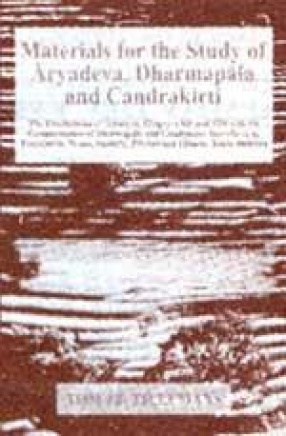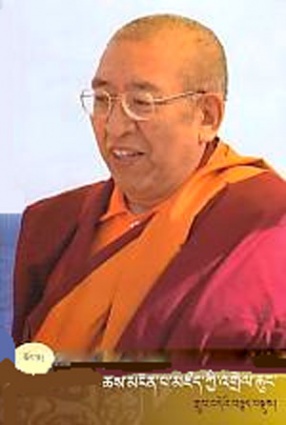Aryadeva’s Catuhsataka, along with the work of Nagarjuna, provided the philosophical basis for much of subsequent Mahayana Buddhism. Like Nagarjuna’s Mulamadhyamakakarikas, it too was commented upon by Vijnanavada, or Idealist, thinkers as well as by those of the Madhyamaka, or "Middle Way" school. Thus the Catuhsataka was interpreted in very different, and yet philosophically rich, fashions by its sixth-century commentators, Dharmapala and Candrakirti: the former saw it as only refuting ascriptions of imagined natures (parikalpitasvabhava) to phenomena while leaving real natures untouched; the latter interpreted Aryadeva’s work as a thorough-going rejection of all real intrinsic natures (svabhava) whatsoever. Tome Tillemans, in this reprint of his 1990 doctoral thesis, takes up the key themes in Dharmapala’s and Candrakirti’s philosophies and translates two chapters from their respective works on Catuhsataka. Both commentaries had a strong influence on subsequent Buddhism: Candrakirti’s was important for Tibetan development; Dharmapala’s played a formative role in the increasingly marked differentiation between Vijnanavada and Madhyamaka philosophies.
Materials for the Study of Aryadeva, Dharmapala and Candrakirti: The Catuhsataka of Aryadeva, Chapters XII and XIII with the Commentaries of Dharmapala and Candrakirti
In stock
Free & Quick Delivery Worldwide
Bibliographic information
Title
Materials for the Study of Aryadeva, Dharmapala and Candrakirti: The Catuhsataka of Aryadeva, Chapters XII and XIII with the Commentaries of Dharmapala and Candrakirti
Author
Edition
1st ed.
Publisher
ISBN
9788120831124
Length
lxvi+478p., Bibliography.
Subjects





There are no reviews yet.